Physical Address
304 North Cardinal St.
Dorchester Center, MA 02124
Your blog category

Introduction to Enterprise Performance Management (EPM) Introduction to Enterprise Performance Management (EPM) is pivotal in aligning organizational goals with strategic execution. EPM encompasses methodologies, processes, and technologies to optimize performance across various facets of an enterprise. At its core, EPM…
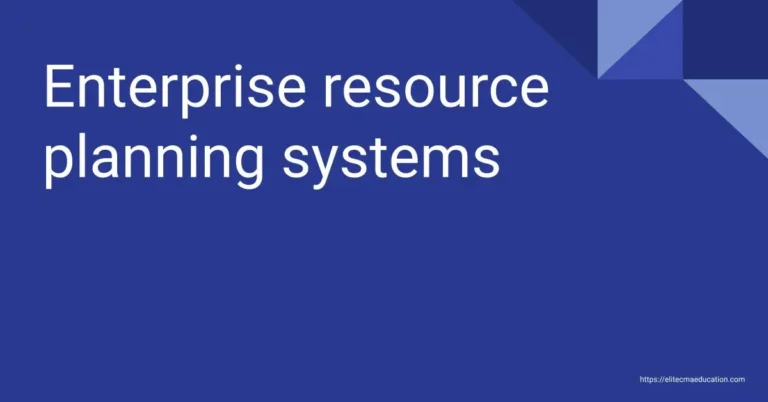
Introduction to Enterprise Resource Planning (ERP). Enterprise Resource Planning (ERP) systems are comprehensive software solutions that integrate and streamline core business processes across an organization. At their core, ERP systems serve as a centralized platform that facilitates the management of…
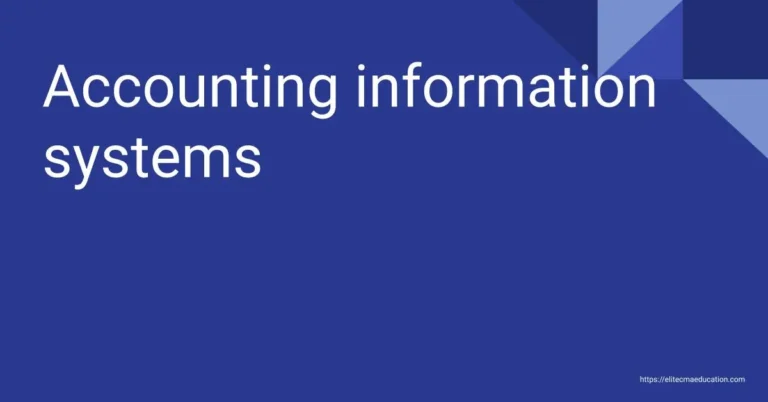
Introduction to Accounting Information Systems (AIS) Introduction to Accounting Information Systems (AIS) is foundational to understanding how technology intersects with accounting practices to facilitate efficient data management, financial reporting, and organizational decision-making. AIS encompasses the hardware, software, data, and procedures…
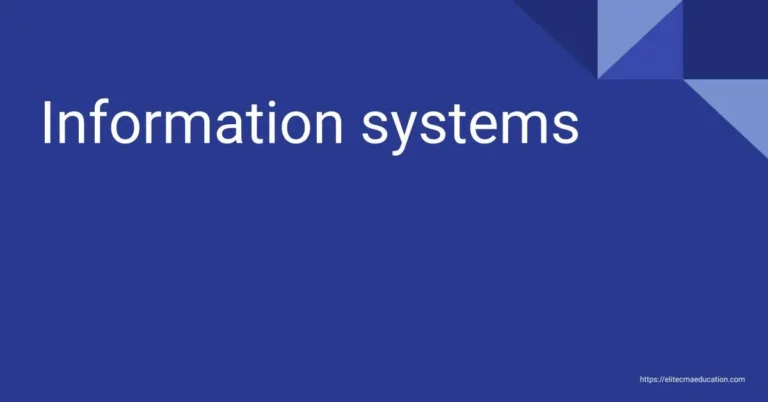
Introduction to Information Systems Information Systems (IS) form the backbone of modern organizations, encompassing a vast array of hardware, software, data, and processes designed to collect, store, process, and disseminate information. In essence, IS serves as the nerve center of…

Introduction to Business Continuity Planning Business Continuity Planning (BCP) is a proactive strategy organizations employ to ensure their ability to continue operating and delivering critical services during and after disruptive events. These events can range from natural disasters like floods…
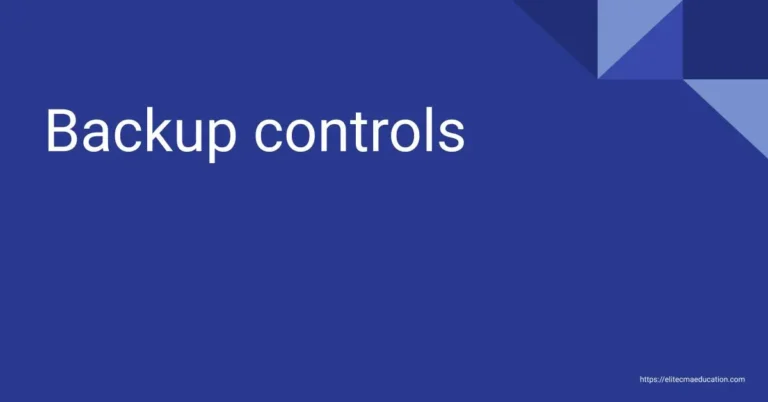
Introduction to Backup Controls Backup controls are critical components of an organization’s data management and cybersecurity strategy, designed to protect against data loss, corruption, and unauthorized access. These controls involve systematically copying and storing data to ensure its availability in…
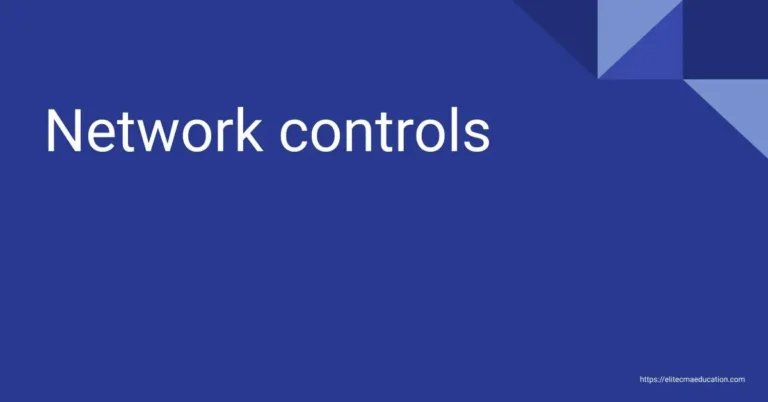
Introduction to Network Controls Network controls play a vital role in safeguarding organizations’ integrity, confidentiality, and availability of information systems and data. These controls encompass a range of mechanisms and protocols designed to manage, monitor, and secure network infrastructure against…
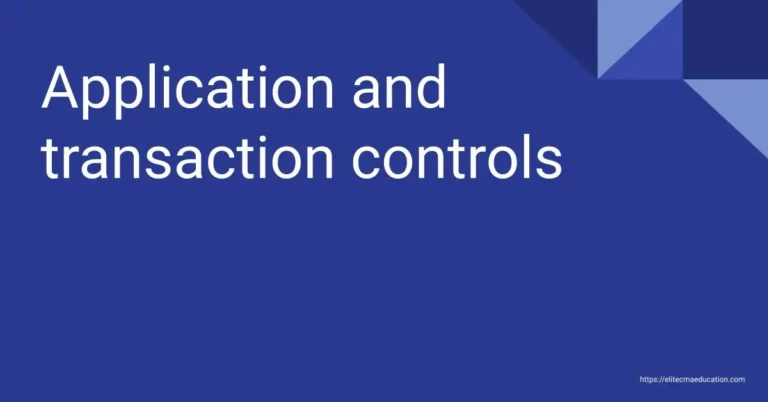
Introduction to Application and Transaction Controls Application and Transaction Controls are essential components of an organization’s internal control system, designed to ensure financial data and transactions’ accuracy, integrity, and reliability. These controls are crucial in mitigating errors, fraud, and non-compliance…
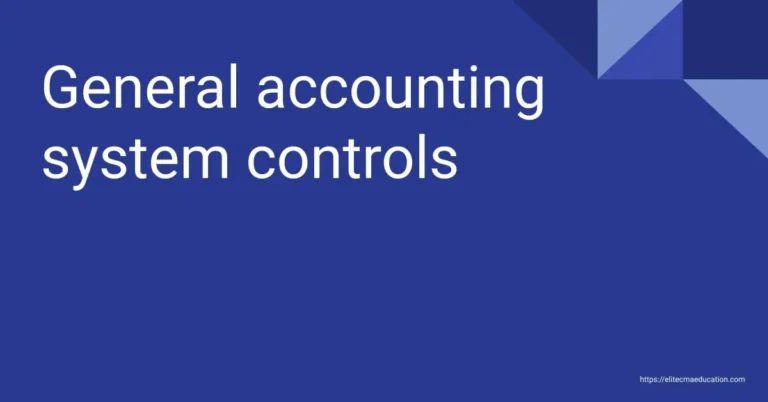
Introduction to General Accounting System Controls General Accounting System Controls are the bedrock for ensuring the accuracy, reliability, and integrity of financial information within an organization. These controls encompass a set of procedures and protocols designed to safeguard financial data,…

Introduction to System Controls and Security Measures In the digital age, where information is valuable, system controls and security measures play a pivotal role in safeguarding organizations’ data integrity, confidentiality, and availability. System controls refer to the policies, procedures, and…